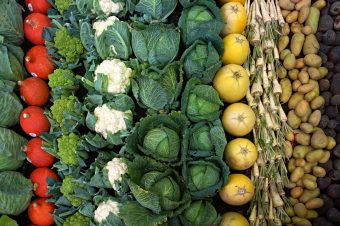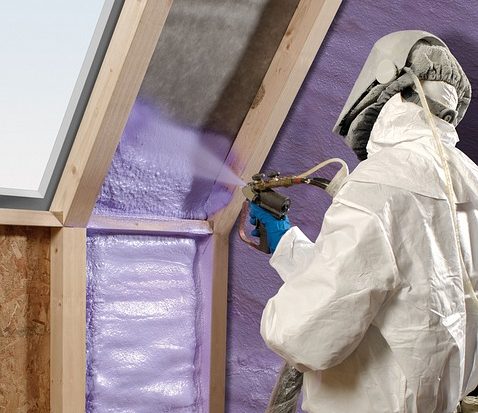It’s been more than 14 years since Hurricane Ivan made landfall on the Gulf Coast of the United States as a Category 3 storm, with wind speeds approaching 200 kilometers per hour and a destructive storm surge. Worse is what’s still happening offshore, where an oil platform that collapsed during Ivan continues to leak into Gulf of Mexico waters despite claims from its operators, according to a report released Monday.

The new report from U.S. National Oceanic and Atmospheric Association (NOAA) researchers, in partnership with Florida State University, estimates that despite some efforts to plug the wells, at least nine barrels of oil per day are leaking from the remains of the Mississippi Canyon 20 (MC20) drilling platform once operated by Taylor Energy. That’s a conservative estimate: A U.S. Coast Guard containment system placed at the wreck site in May 2019 is capturing an average of 30 barrels per day, and NOAA says the leak may be up to 108 barrels per day.
The findings conflict with Taylor Energy’s contention that oil sheens visible on the Gulf waters since the 2004 storm are released from hydrocarbons trapped in sediments on the ocean floor. In fact, the company – which ceased operation more than a decade ago and now exists only as an entity to deal with the MC20 disaster – has accused the Coast Guard of contributing to the problem while trying to research and remedy the leak.
“Taylor Energy had warned the Coast Guard of the risk of reckless and irresponsible disturbance of the hydrocarbons trapped in the sediment on the seafloor following the collapse of the MC-20 platform. Now the company’s worst fears are being realized,” the company said in an April statement.
Yet what the new NOAA report establishes, quite apart from oil flow rates, is that the oil isn’t coming from the sediment. It’s coming from the wreckage of the MC20 platform, which was toppled by an undersea mudslide caused by heavy seas and then broke away from its original 28 oil well pipes.
“Scientists conclusively show that the plume is primarily from active oil and gas releases from multiple wells at the MC20 site, rather than from sediments contaminated after 2004,” said NOAA’s National Centers for Coastal Ocean Science (NCCOS). The study results further contradict the Taylor Energy claims that “approximately one drop of oil” is released each minute from a two square foot area on the mud line.
That’s of concern because the Gulf of Mexico supports a highly diverse ecosystem, with fishing and tourism industries as well as the region’s oil and gas industry. “When oil-related chemicals are released into the marine environment they can bioaccumulate in aquatic organisms,” said NCCOS. “Many individual oil-related chemical compounds are toxic, with some being likely carcinogens.”
The report, originally requested by the U.S. Department of the Interior’s Bureau of Safety and Environmental Enforcement (BSEE), will be used to help determine the next steps in dealing with the MC20 leak – which, ironically, came under renewed scrutiny after the 2010 Deepwater Horizon disaster. It was then that observers noticed oil sheens and contamination that weren’t related to the Deepwater crisis and began to investigate what was causing them.
Source: Sustainability Times
































